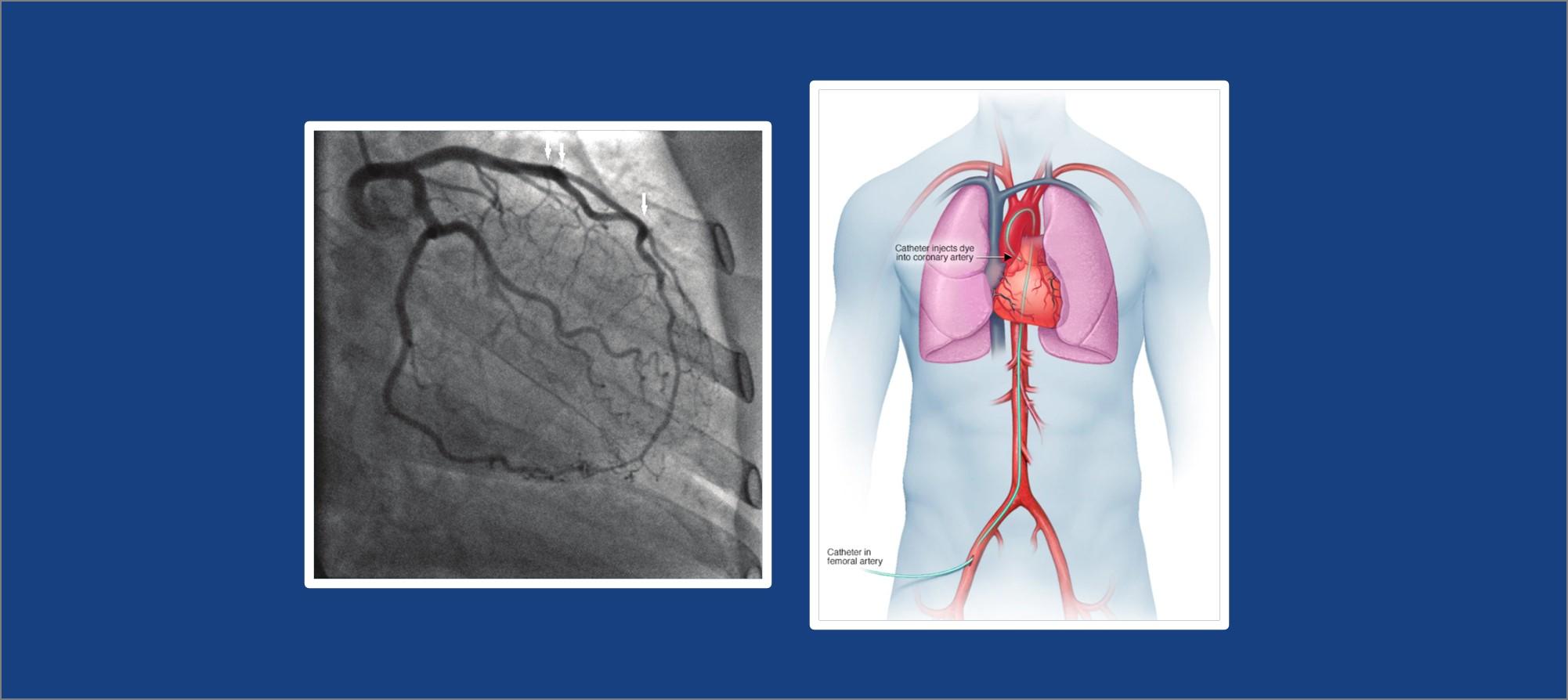What is a coronary angiography?
A coronary angiography is a test to find out if you have a blockage in a coronary artery. During the coronary angiography, a contrast dye is injected into your arteries through a catheter (a thin plastic tube), while your cardiologist watches how blood flows through your heart on an Xray screen.
This test is also known as cardiac angiogram, catheter arteriography, or cardiac catheterization.
How do I prepare for a coronary angiography?
Don’t eat or drink anything for eight hours before the angiography. You may be asked to have someone with you the night after the test because you may feel dizzy or light-headed for the first 24 hours after the cardiac angiography.
Sometimes your doctor may use an MRI or a CT scan before a coronary angiography test, in an effort to pinpoint problems with your heart.
Your blood pressure will be checked and if you have diabetes, your blood sugar will be checked as well. You should let your doctor know if you are allergic to contrast dye in the past (if any).
Understanding the results of a coronary angiography
The results from the coronary angiography show whether there is a normal supply of blood to your heart and any blockages. An abnormal result may mean that you have one or more blocked arteries.
If found any blocked arteries, your cardiologist may choose to do angioplasty and inserting a stent to improve the blood flow.
Recovery and follow-up when you get home
You should relax and drink plenty of water post the coronary angiography. Because you’ve had an anesthetic, you shouldn’t drive or operate any machinery. Few other things to be taken care of:
- Remove the bandage after 24 hours and if required apply a fresh bandage.
- For 2 days don’t perform any heavy exercise.
- Don’t apply any lotion for 2-3 days near the puncture site.
- You will need t see your cardiologist a week after the test.


